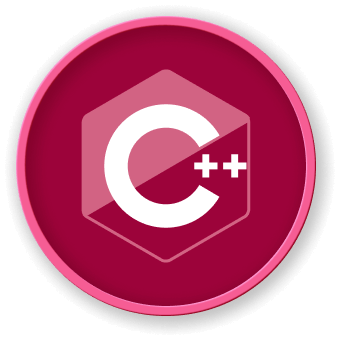Introduction
In the complex world of C++ programming, understanding integer transformations is crucial for developing reliable and secure software. This tutorial explores the fundamental techniques for validating and safely converting integers, helping developers prevent common pitfalls such as overflow, precision loss, and unexpected type conversions.



